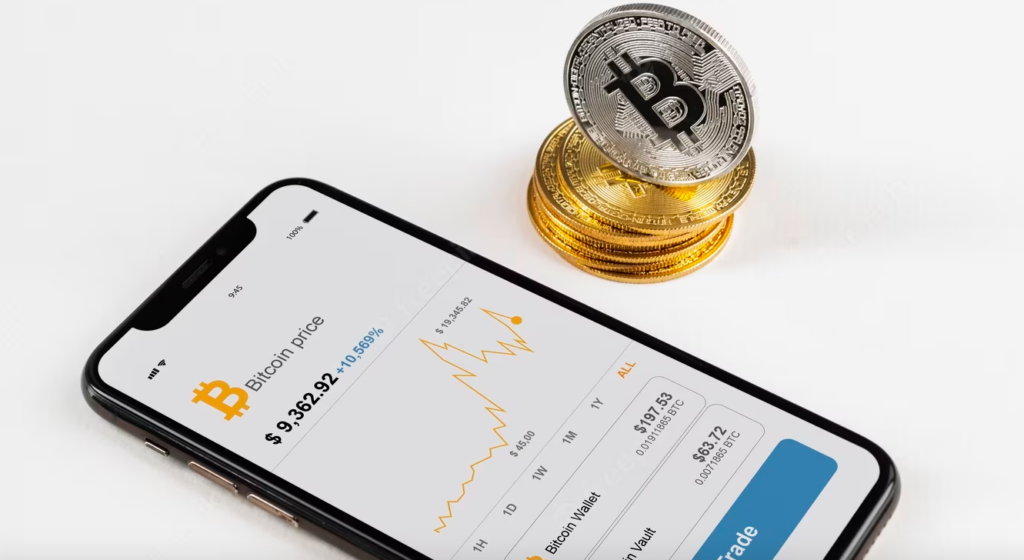The use of cryptocurrencies in Latin America has gained relevance in recent years. However, for many countries, the main barrier is that their use is limited to a speculative investment method rather than a means of payment or an alternative asset to the local currency.
Some coins like Bitcoin have mainly focused on countries such as the United States, Russia, or Nigeria, but their significance in Latin America and the Caribbean has also been steadily growing.
Latin America is home to five of the top thirty countries in the 2023 cryptocurrency index by blockchain data platform Chainalysis: Brazil (7), Argentina (13), Colombia (15), Ecuador (18), and Mexico (28).
The major task for startups promoting the use of cryptocurrencies is to make their use increasingly accessible in countries where it is not yet widespread.
Bitso in Mexico, Mercado Bitcoin in Brazil, and Ripio in Argentina have successfully established strong regional positions in the field of digital currency exchange, and in the case of Ripio, they have created their own cryptocurrency.
You might be interested in: Crecy launches Mexico’s first cryptocurrency-backed credit card
Cryptocurrencies for the reality of Latin American finance
Argentina is a practical use case. Manuel Beaudroit founded Belo in 2020, a cryptocurrency exchange that is integrating cryptocurrencies into the everyday lives of its users.
For years, Beaudroit had the idea of “building a product that allows people to live in crypto every day,” says the CEO of Belo.
Beaudroit assures Contxto that there are different use cases for each market. “For example, in Argentina, it is a practical use case, it is used precisely for living; in Mexico, it is widely used for everything related to remittances, and in the case of Brazil, it is widely used for trading, that is, to arbitrate different currencies”.
In Mexico, already 5% of the remittances the country receives are transacted in cryptocurrencies, Daniel Vogel, global CEO and co-founder of Bitso, assured in a meeting with the media last year.
This figure is possible thanks to the combination of people who send their money from abroad and remittance companies that automate the process and reduce costs by using Bitso, the crypto exchange platform valued at USD$2.2 million.
You can also read: Top 13 cryptocurrency startups in Latin America
In September 2022, Bitso signed an alliance with Africhange, an Afro-Canadian remittance company with more than 5,000 users seeking to facilitate cross-border payments between Canada and Mexico. The use case of sending remittances is becoming popular as it eliminates intermediaries and allows people to receive their money virtually in real time.
This immediacy has led to cryptocurrencies also being used to pay wages to remote employees, who are more in demand than ever. At the beginning of this June, Belo formed an alliance with Payoneer, a digital financial solutions platform that allows companies and professionals to do business globally.
Payoneer serves as a bridge for Latin American professionals and businesses to participate in the new global economy, allowing them to pay and collect internationally with multi-currency accounts in a simple, transparent and secure manner.
Through this integration with Belo, the aim is to increase financial flexibility and improve user experience, who will be able to buy bitcoin and ether.
But beyond cross-border payments, a more down-to-earth use case is paying for services with cryptocurrencies, which Belo enabled more than three months ago. On the Belo platform, users in Argentina “can pay for electricity service, water bill, or their children’s school; it was something that we were missing and that more and more users are using,” says the entrepreneur.
In different countries, Belo has 130,000 users. A year ago, there were just 100,000. Beaudroit says it has had very abrupt growth.

The Argentine entrepreneur aims for Belo to be a dominant player in the market. “We would love to open operations in the rest of Latin American countries; we are very excited about Mexico, Colombia, Brazil, Peru, and Chile”.
“The secret is to understand a bit how to adjust the product in each of the markets, to be really relevant and, ultimately, bring a real solution to people,” he acknowledges.
“The brake that existed in global crypto adoption was that we were not creating platforms for people to really take advantage of this technology and use it every day, there was no concrete perceived value”, Beaudroit considers.
Progress and setbacks in cryptocurrency adoption
In 2022, Latin America was the seventh largest cryptocurrency market globally, according to the annual Chainalysis report. However, adoption is not yet widespread or popular enough.
“We are still in an early stage in terms of the number of users, the latest estimate was about 200 million users, globally. In the next year and a half, that number will possibly double, hitting half a million users by 2025,” says Belo’s CEO.
Adoption slowed down last year when there was a major drop in the value of the main cryptocurrencies. This largely caused the collapse and death of FTX, one of the largest crypto platforms in the world.
The professor of the department of accounting and finance at the Monterrey Institute of Technology, Campus Estado de México, believes that, due to the above, cryptocurrencies have lost much of their appeal to many people who were not yet daring to try them. “It will be complicated for cryptocurrency companies to attract new customers”.
Magaña recommends users to bet on stable cryptocurrencies, that is, those that are backed by the behavior of the dollar or those based on the behavior of the Nasdaq Index. In the frenzy of crypto bull markets, some companies list any asset offered to their users, says Beaudroit, but the key is to be conservative as a platform and users.
At Belo, they have offered a limited portfolio with assets that are well tested in the market, explains their CEO. More than a third of Latin Americans said they used stablecoins for a regular purchase, compared to just 11% of those who responded worldwide in a study called New Payments Index 2022, conducted by MasterCard, the payment company that has backed several cryptocurrency credit cards such as those from Bitso and Belo.
The fact that large companies like Mastercard or Mercado Libre are entering the crypto world gives more confidence to users. In March, Mercado Pago, the fintech subsidiary of the Argentine marketplace, partnered with TruBit, a Mexican cryptocurrency platform founded in 2020, to provide a secure and easy-to-use method for buying cryptocurrencies.
Mercado Pago users can deposit conventional money into their account and then buy cryptocurrencies. Mercado Libre’s foray into crypto began a little earlier, in 2022, when it allowed its users in Brazil and Mexico to buy bitcoin (BTC) and ethereum (ETH) cryptocurrencies through its fintech.
However, despite the positive forecasts of crypto-asset advocates, it has long been a struggle to convince regulators, investors, and ordinary customers that it is reliable to carry out transactions with a cryptocurrency.
You can also see predictions from a few years ago in this note: Bitso from Mexico foresees exponential growth of crypto remittances from 2.5 to 20% of total transactions this year





